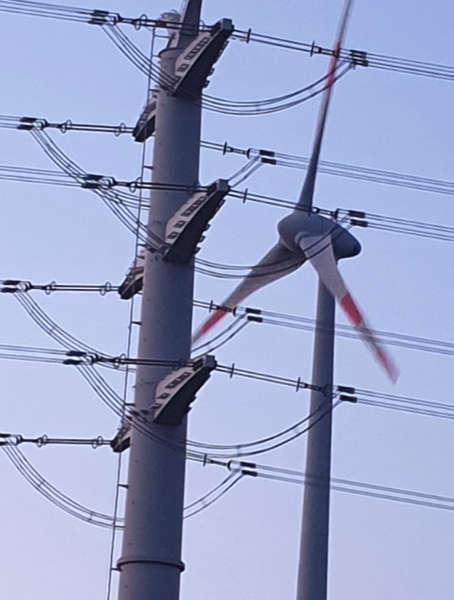International Partner Search
Innovation & Technology Offer
Fault identification in direct current (DC) grids
Country of Origin: Germany
Reference Number: TODE20191118001
Publication Date: 18 November 2019
Summary
A German university offers a technology for short-circuit fault identification in direct current (DC) distribution grids. It is to ensure reliable operation of computers, motorized devices, lighting and others. The technology is fast and accurate and can work with existing hardware. Industrial partners from the areas of flexible power control and energy distribution are sought for technical cooperation and license agreements.
Description
Devices such as computers, small appliances, lighting, motorized devices, or energy efficient fans rely on DC power. Therefore, the DC distribution technology based on power electronics has great advantages in terms of flexible power control and efficient energy distribution. For DC distribution networks, however, suitable protection techniques that can quickly and reliably detect short circuit faults must be provided. In order to be able to selectively eliminate short circuit faults in the DC Network at the early stage, fast and accurate approaches are needed to identify the faulty line.
A German university now offers a solution:
In order to identify the faulty line, the second derivative of the line current is investigated. As soon as the second derivative of the current (SDOC) exceeds a threshold value, the 3-level stationary wavelet transform (SWT) is performed on the SDOC. Using the data obtained by SWT a “singularity index” (SI) is calculated. If this SI exceeds a threshold value, the short circuit fault in the monitored line is identified.
The system for identifying faulty lines in the DC network was realized with FPGAs (Field Programmable Gate Array) in a test setup. Hardware tests under the real-time simulation confirm the sufficient sensitivity and accuracy of the system and the method. A prototype is available.
Transmission system operators (TSO), distribution system operators (DSO), wind park owners, photovoltaic park owners, energy storage system owners, DC charging providers, electric vehicle (EV) manufacturers and manufacturers of DC protection devices can use this technology in order to identify faulty lines in DC grids. These companies would be potential co-operation partners for the university. The partners should contribute to the development to market readiness, among others by giving specifications and by testing. This would be done within a technical cooperation agreement. Furthermore licensing for the invention and the intellectual property rights is possible.

Advantages and Innovations
The German university’s technology offers a faster and more accurate response than conventional solutions. It is furthermore more convenient due to the following features:
• There is no need of communication devices
• Existing hardware can be used
• The system is adaptive
Stage Of Development
Prototype available for demonstration
Requested partner
The German university is looking for industrial partners that are interested in further development to market readiness within a technical cooperation. This could include analyzing, adjusting, testing of the technology. Apart from the technical cooperation, licenses can be granted for the invention and the intellectual property rights.
Partners could be any company interested in identifying faulty lines in DC grids. They could be renewable energy producers, electric vehicle manufacturers, DC charging providers and others.
Cooperation offer is closed for requests
